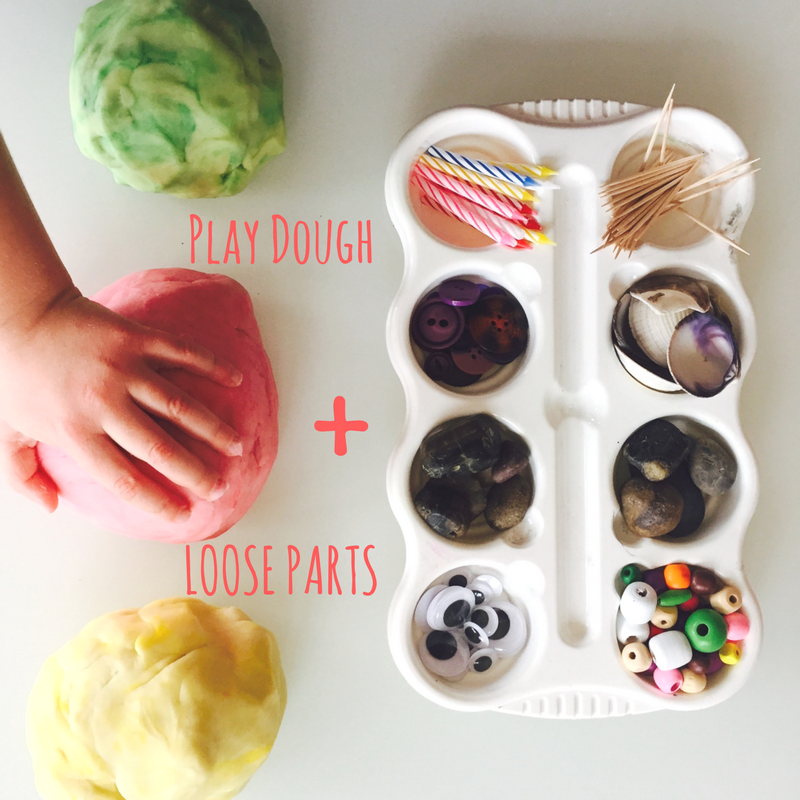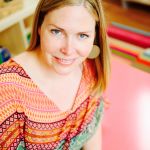
Easy Learning Invitations for your Toddler
 Our guest blogger today is Alana Chernecki. She is an educator by trade and a designer at heart. A mom of three, with over ten years of teaching experience in Winnipeg’s public schools, she discovered early on the importance of creating a learning environment that was both stimulating and calm, clean and colorful, engaging and organized. Her company *brillante is an intersection of motherhood, education + design. She designs, styles, and curates spaces for kids + teens to inspire learning and creativity.
Our guest blogger today is Alana Chernecki. She is an educator by trade and a designer at heart. A mom of three, with over ten years of teaching experience in Winnipeg’s public schools, she discovered early on the importance of creating a learning environment that was both stimulating and calm, clean and colorful, engaging and organized. Her company *brillante is an intersection of motherhood, education + design. She designs, styles, and curates spaces for kids + teens to inspire learning and creativity.
Toddlers are natural explorers, eager to use their senses to make meaning and to build understanding about their world. They LOVE mucking about, experimenting and testing their theories. It is a wonderful time in child development, and they are naturally curious about almost EVERYTHING.
What are some engaging learning invitations you can set up to ignite their curiosity, spark imagination, and extend their understanding?
A learning invitation is a prompt, a provocation, or a question that invites the child in to further discovery. A learning invitation does not have to be complicated – in fact, most of the time, simpler = better.
The Set Up: Just Like a Dinner Party
I liken the set up of a learning invitation to that of a dinner party. When setting a table for guests, you pay careful attention to beauty, order and simplicity. It should not overwhelm your guests, but be inviting and appealing. The same goes for setting up your toddler’s learning invitation. Be selective about what is displayed. Clear the clutter, and focus on the most important elements: the materials you are about to explore. In this way, you will draw your child’s attention to the medium they will encounter and “get to know.”
Be sure to have a plan for clean-up before you begin. This will help ease your stress, and provide a clear routine for your toddler so that they understand that when the activity is over, it is time to clean up. Having paper towel nearby, a bowl with warm sudsy water, and even a waste basket will make the experience less stressful for you, and more relaxed for the child.
The Process: Gather your Child(ren) and introduce them to their “new friend”
Anne Pelo, a leader in the Reggio-inspired approach to learning, likens the process of introducing a new medium as if we were introducing them to a dear friend. We want the child to truly “get to know” the medium (clay, wire, paint, watercolor). You should be simple, and direct, and focus on the idea that they will be learning.
“You are an scientist. We are going to do the work of a scientist, and see what we can discover about color.” There are so many fun activities saturated across early learning websites, but rarely is there a focus on learning and understanding. Children need to hear what they are learning about, so that they can see themselves as learners. This leads to self-efficacy, or independence in learning, which is the ultimate goal.
Your Role: Questioning, Documenting, and Deepening Understanding
Encourage your child to slow down, and take plenty of time with their work. Use words like “I notice,” and “What might happen if…” Make observations about their work, and take notes. Ask questions that help your child reflect on their work: “I wonder what your idea is here….” Or “What are you discovering about watercolor paints?” You can even draw their attention to something you’ve created: “Look! I found a new way to roll this clay!” Sometimes your child might become overzealous with a tool – using it with too much force. Simply coach your child about the best way to use the tool: “A paint brush works best when the hairs lay nice and flat. We stroke a paint brush like we pat a new baby kitten: very gently.”
Take notes and pictures of the process your child goes through. Your pictures will spark language for a story they can dictate about their experience. Story writing deepens their learning, and reminds children of the power of the written word. A story about their experience will be a reminder about the learning that occurred, further strengthening connections in the brain.
Once your child has had ample time to explore the medium, (we are not focusing on finished products, simply the wonderful process); you can invite your child to revisit their work.
Examples of Learning Invitations
- Play dough with loose parts
- Color mixing
- Corn Starch and Color
- Sticks + Tempera Paint
- Wire, beads + clay
- Black and White paints


